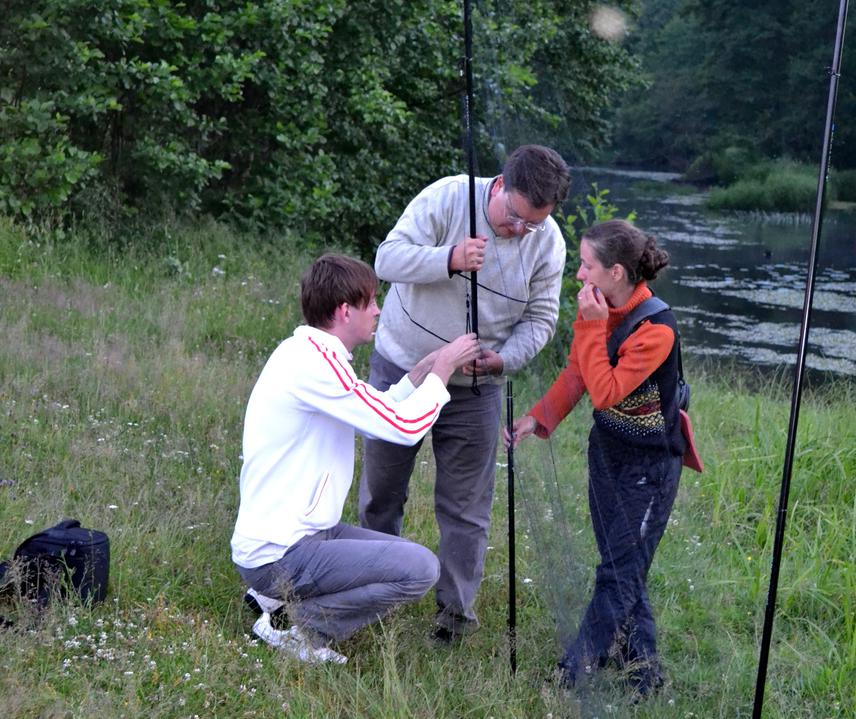Igor Prokofyev
Other projects
10 Mar 2011
Involving Local Communities of the Western Part of Russia into Ensuring Long Term Bats Protection
Project eliminates lack of knowledge of distribution, habitat preferences, and population trends of bats and strengthens conservation activity in Western Russia. It will be achieved through creation of partnership between local communities and stakeholders.

In order to implement the United Nations Environmental Program’s Convention on Biological Diversity (CBD) resolutions, there is a pressing need for countries to generate long-term time series data on species distributions and abundances in order to evaluate the effect of global change on biodiversity and ecosystem function. By generating long-term data on bats as biodiversity indicators, the project will support Russia to meet CBD commitments and, as bats are migratory, meet Russia’s obligations under the Convention of Migratory Species. This project attracts volunteers for collection data about bats distribution in Russia.
Bats are often misunderstood by the general public in Russia who fear them or view them as pests. Fundamental to conservation is to change the attitude of the general public towards bats. We will alter the public perception of bats through a series of training, publicity and public events for local communities and involving local communities in bat monitoring activity.
Project objectives address three highest priority needs for bats:
- Attraction local communities and other stakeholders in bat conservation activity and monitoring.
- To eliminate a lack of knowledge of the distribution, habitat preferences and population trends of bats.
- To increase awareness among the general public on the ecological importance of bats and the need to protect them.
Main participants of project are volunteers. Involving them in the monitoring and raising the profile of bat conservation and changing conservation attitudes towards bats through training, publicity and public events to ensure the long-term conservation of bat populations. Through knowledge of species distributions, we are going to create distribution maps for assessing a species' status and determinate bats key areas.
The project will stimulate bat conservation through attraction and partnership between local communities and stakeholders. Partnership will provide opportunities to address complex issues surrounding conservation of bats and their habitats. Localized efforts will be a critical component for bat conservation.